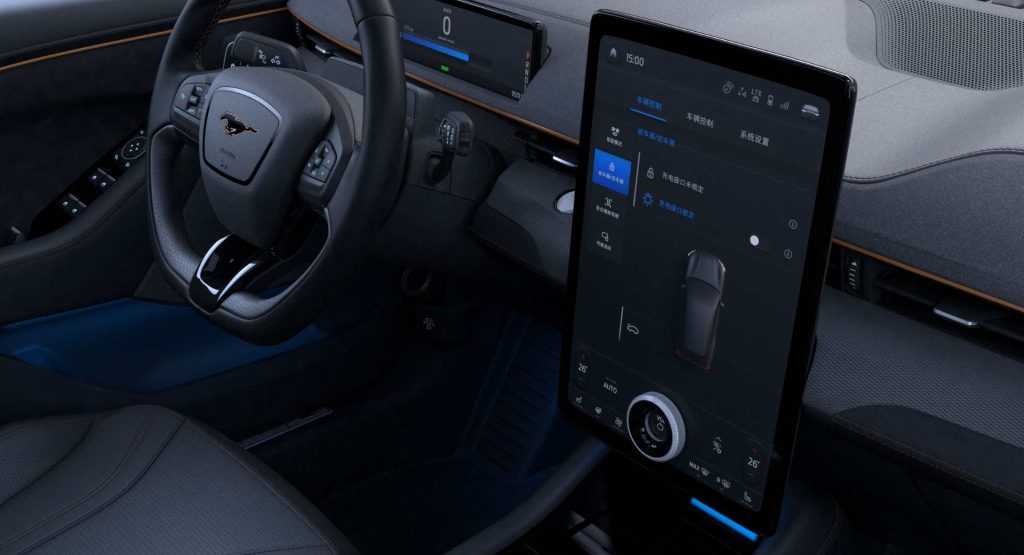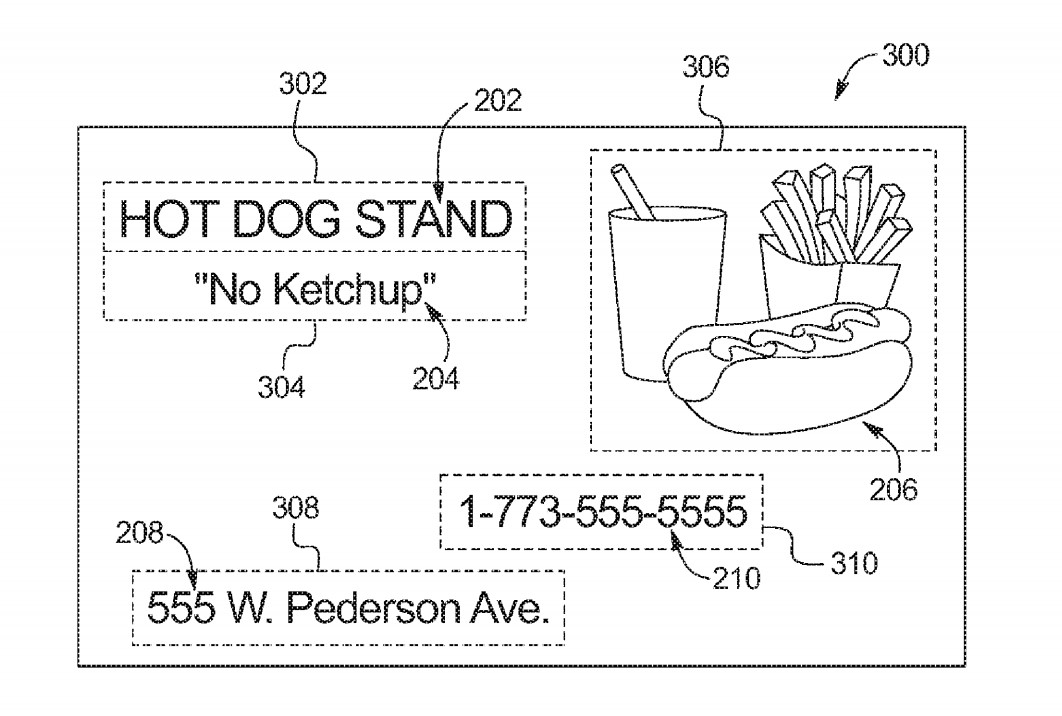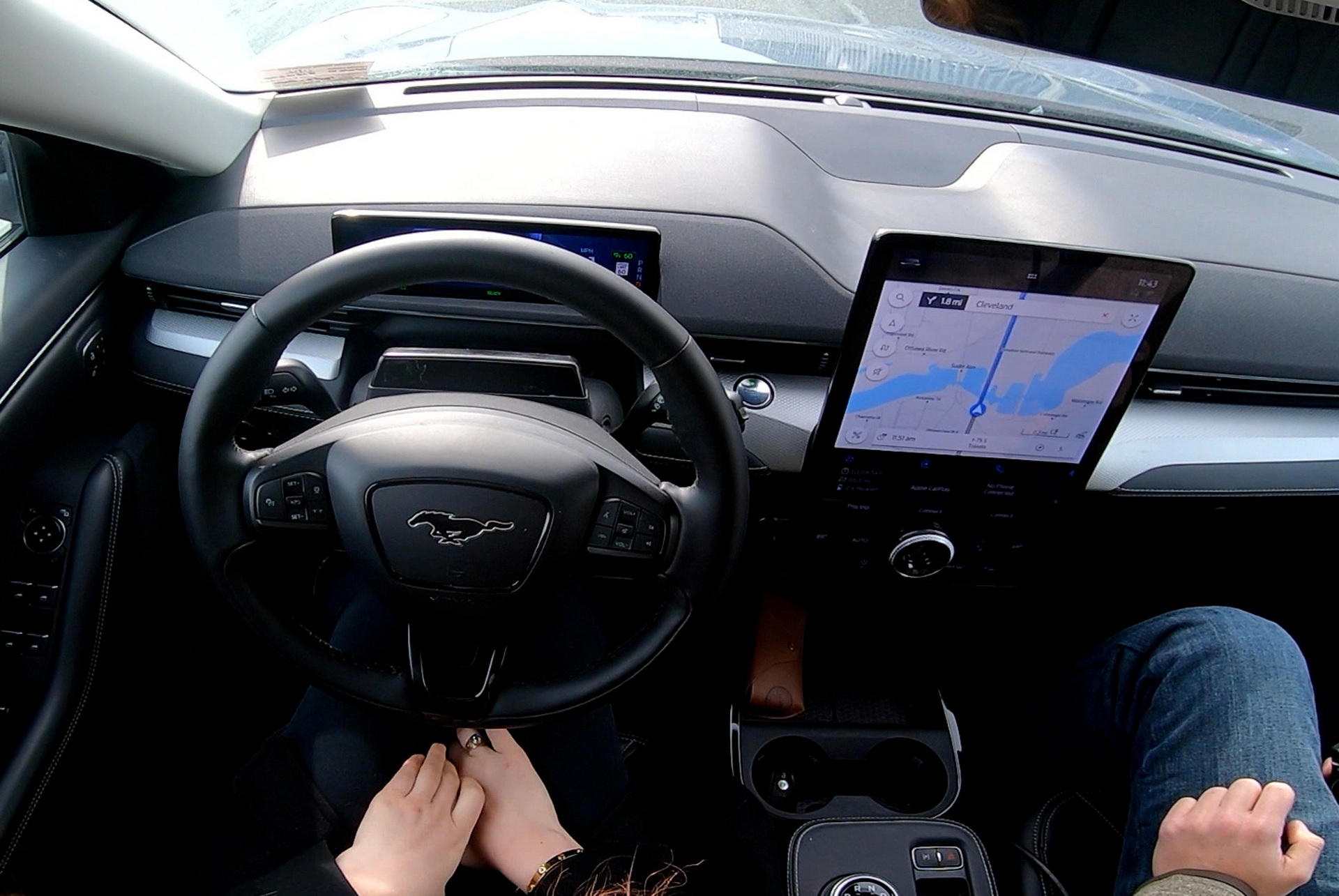Ford has filed a patent for a “billboard interface for vehicle displays” that would show vehicle passengers ads in their infotainment systems based on the billboards they drive past.
The patent application describes a system that would use the cameras on a car to read a portion of a billboard and create a pop-up in your infotainment system with a hyperlink that you could follow.
Although the patent doesn’t explicitly offer an example, the image associated with it shows a hot dog and fries, an address, a phone number, and a possible order on an infotainment screen.
Read Also: Ford Expands Amazon Alexa Capability, Introduce Sketch App For Infotainment Screen
If we extrapolate from that, we can imagine a world in which you’re driving down the highway past a billboard for a fast-food restaurant. The car could then show you (or tell you about) the restaurant and ask you if you want to redirect your navigation to it. The patent image seems to suggest you could even order the food so it’s ready for you when you get there.
Naturally, we’re making a few assumptions here, but critics have pointed out that the technology could be distracting. That is a very good point if it is implemented on current cars, as even advanced driver assistance systems (ADAS) work under certain conditions and require that the driver pays full attention to the road and is ready to take over when required. Moreover, with many manufacturers getting rid of most physical buttons and delegating the controls to touchscreens, the driver is already distracted enough as it is and ads would only make things worse.
However, with autonomous vehicles, distraction won’t be a concern. For example, if you were in a self-driving car and drove past an ad for a website or a newspaper, headlines could pop up with suggestions of articles you might be interested in reading on your morning commute, although you’d have to wait until Level 4 (High Driving Automation) and Level 5 (Full Driving Automation) systems come along – and that won’t happen in the near future.
Although the extent of Ford’s intentions is unknown at this point, this invention and others seem to suggest that in-car ads are an inevitability, not a possibility, at some point in the future. It will be interesting to see the consequences of the increasing commodification of automotive interiors as time goes on.






